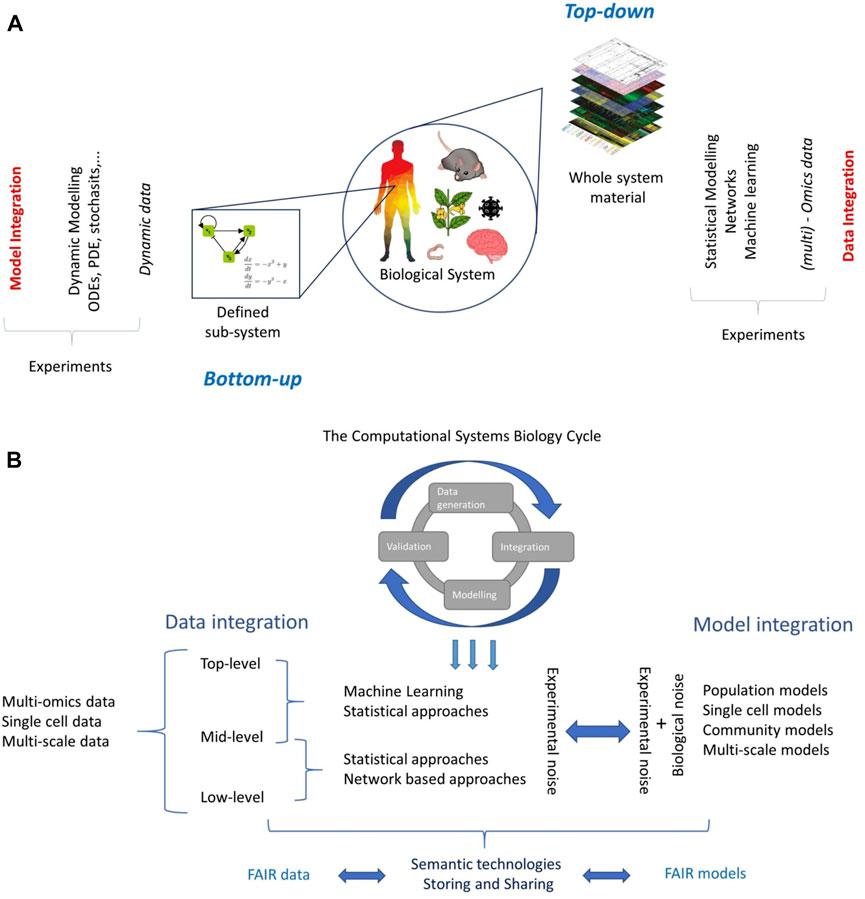Networks represent a common tool used to describe interacting subsystems, by formalizing their physical or abstract connections. Modes of connectivity are often regarded as mono-semantic, however, true interaction in most natural or engineered systems is frequently multimodal in nature. The inability to describe such systems by traditional networks motivated extension in form of multilayer networks1,2, based on applications found in sociology and psychology3,4,5,6,7,8, chemistry9,10, and physics11,12,13,14,15. This attempt to develop a framework and generalize tools from network science to study multilayer complex systems is only recent2. Some common formalisms falling under the framework of multilayer networks involve multiplex networks (single type of nodes, multiple types of edges)16,17, networks of networks (multiple types of networks, connected by partially dependent node or network pairs)18, or heterogeneous networks (multiple types of networks, connected by distinct types of nodes and edges)19,20,21,22. A comprehensive survey of common concepts falling under the framework of multilayer networks is provided in works such as2,23. Some of these networks e.g., heterogeneous networks, are furthermore formally classified as layer-disjoint networks, a term meant to emphasize that each node of the network associates to a single layer (single type) only2.

Beyond its topological aspect, interaction in interconnected subsystems is often characterized by some form of evolution process, which under steady state conditions can be described as a network flow. Network flow in multilayer settings has so far been studied in multiplex networks24, coupled cell networks (multiple types of nodes and edges, but requiring single-type edges for bidirectional flow)25, or has otherwise been regarded in the context of a random walk or diffusion movement in a single-mode sense26,27. A formal theory of network flow28,29, satisfying conditions of both conservation and coupling of flow across different network semantics, has so far not been proposed in the context of multilayer networks, or within the framework presented in this paper. Besides the merit of a unified formal treatment, the rationale lies in an underlying physical interpretability found in most interacting subsystems, where a form of multimodal flow across layers can be observed in e.g., chemical processes, energy networks, logistics, finance, or any other form of conversion process relying on the laws of conservation. Some real-world examples of interacting subsystems with multilayer network structure involve, multi-carrier energy networks, financial networks, and transportation networks, to name a few. To this end, the formal notion of heterogeneous network flow is proposed, as a multilayer flow function aligned with the theory of network flow28,29. A dynamic equivalence with the framework of Petri nets30,31 is established, as the baseline model of concurrent event systems, relating to continuous timed processes32,33,34 and associated network flow35. The construction enables flattening of the multilayer relationship structure, while retaining physical interpretability, as the proposed correspondence is reversible. The Petri net flow relations are here extended, to possibly incorporate both fundamental equations of balance36, namely: flow balance, which is integral to the Petri net model, and node potential balance (cycle space condition), which may arise in relation to specific application domains. Overall, where a multilayer network represents a generalization over the classic definition of a graph or network, the proposed framework represents a generalization over the notion of a network flow and node relationship (whenever, due to semantics, both connectivity and conversion of data are crucial). As such, the proposed framework enables derivation of a layered relationship structure (corresponding to connectivity and conversion of node data), as opposed to a classic flat relationship structure (corresponding to connectivity of node data only). Applications of the resulting multilayer Laplacian flow and flow centrality are presented, along with graph learning based inference of multilayer relationships over multimodal data.
The remainder of this paper is organized as follows. In “Background concepts” an overview of mathematical preliminaries is presented. The proposed methodology is introduced under “Proposed framework”, while illustration of possible applications is presented in “Illustrative examples”. In “Discussion and outlook” key findings and future work are summarized, while concluding remarks are presented in “Conclusions”.




